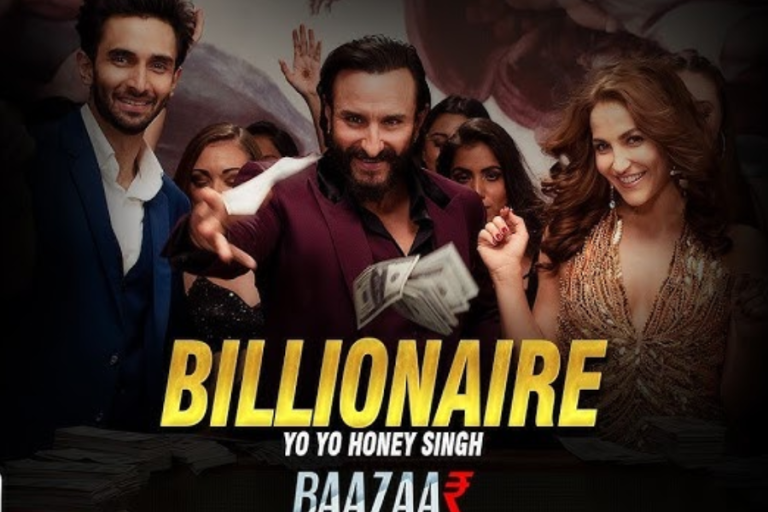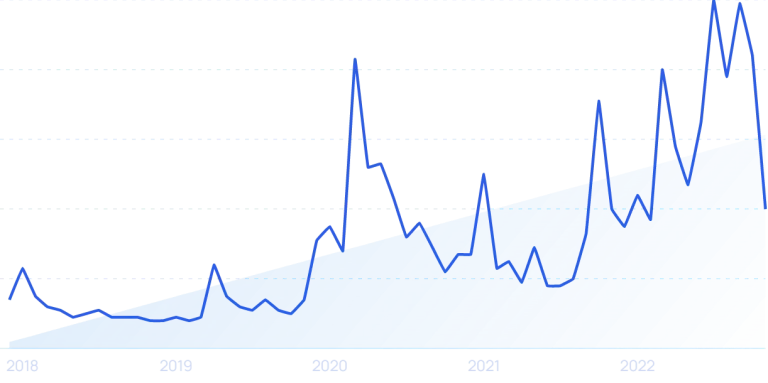The Evolution of Song Lyrics in India – From Classic to Gen Z
Introduction
Indian music has always been a reflection of the country’s rich culture, social values, and emotional depth. At the heart of this musical journey lies the power of lyrics. More than just words that accompany a melody, song lyrics in India have shaped generations, sparked revolutions, healed heartbreaks, and celebrated love. From the golden era of Bollywood classics to the fast-paced, slang-filled verses favored by today’s Gen Z, the evolution of Indian song lyrics tells a larger story — one of changing identities, shifting values, and technological transformation.In this detailed exploration, we trace how Indian song lyrics have evolved over the decades and what these changes say about the society we live in today.
The Golden Era – Poetry, Romance, and Philosophy
The period from the 1950s to the 1970s is widely regarded as the golden age of Indian cinema and music. During this time, lyricists like Sahir Ludhianvi, Shailendra, Kaifi Azmi, and Majrooh Sultanpuri gave Indian film music a literary backbone. Their work was poetic, metaphorical, and deeply philosophical.
Songs like Waqt Ne Kiya Kya Haseen Sitam or Chalte Chalte Yunhi Koi Mil Gaya Tha weren’t just romantic—they were reflective, layered with meaning, and carefully constructed using classical Hindi and Urdu vocabulary. These songs spoke of longing, destiny, heartbreak, and the eternal nature of love. The lyrics were written to be read, understood, and appreciated for their literary beauty.
This was an era when lyrics were central to the musical experience. Composers crafted tunes around the lyrics, and audiences often remembered songs word for word. Lyrics served as windows into complex emotions, often expressing what was considered unspeakable in daily conversations.
The 80s and 90s – Transition and Mass Appeal
As India entered the 1980s and 1990s, the tone of film and music began to shift. Economic changes, globalization, and the introduction of television brought with them new influences. While some lyricists continued the tradition of poetic depth, a growing emphasis on commercial success began to affect lyrical content.
The 90s especially saw a mix of soulful writing and mass-market lyrics. Artists like Javed Akhtar and Gulzar maintained poetic standards with songs in films like Dil Se, Saathiya, and Lamhe. Yet, at the same time, popular tracks from movies like Raja Hindustani, Coolie No. 1, and Dilwale Dulhania Le Jayenge began adopting simpler, more conversational language.
Catchy phrases replaced complex metaphors. The lyrics became more relatable and designed for instant connection rather than lasting reflection. The rise of pop albums and independent music in the 90s also introduced a new kind of songwriting that was bolder, youthful, and direct.
2000s – Fusion, Modern Themes, and Global Influence
The 2000s marked a major turning point in the way lyrics were written and received. With the internet, digital media, and a more connected global audience, Indian songwriters started borrowing freely from global styles.
Songs now blended English words with Hindi. This Hinglish approach appealed especially to urban audiences who were raised on a mix of Bollywood and Western pop culture. Tracks like Kya Mujhe Pyaar Hai, Where’s the Party Tonight, and Desi Girl became iconic during this era.
Thematically, the lyrics also expanded. While love remained a dominant theme, songs now explored ideas of self-love, independence, career struggles, nightlife, and even existential confusion. Lyrics were becoming tools for youth to express personal identity, not just romantic emotion.
Importantly, women’s voices became more prominent. Lyricists started writing from female perspectives that were bold, empowered, and rebellious. Songs like Desi Girl, Girls Like To Swing, and Gallan Goodiyan started celebrating female presence in ways previously unseen.
The Gen Z Era – Fast, Fragmented, and Viral
The current generation of listeners, largely Gen Z, consumes music differently. For them, songs are often discovered through 30-second clips on social media, not full-length albums. This has dramatically changed the nature of lyrics.
Modern song lyrics are shorter, catchier, and written with virality in mind. Platforms like Instagram, YouTube Shorts, and formerly TikTok have influenced how lyricists think. The focus is on punchy one-liners, repeatable hooks, and words that can become captions, quotes, or reels.
Slang, code-switching, and regional language blending are at an all-time high. Songs like Excuses, Bijlee Bijlee, Nadiyon Paar, and Brown Munde are perfect examples of this new-age lyrical style. These songs use a mix of Hindi, Punjabi, and English, often focused more on rhythm and vibe than deep meaning.
Even film songs now mirror this trend. Lyrics are written to appeal instantly rather than to linger. Emotional depth is often replaced by mood-driven energy. This doesn’t mean today’s lyrics lack quality, but rather that they are tailored for fast consumption and short attention spans.
Rise of Independent Music and New Voices
One of the most exciting developments in recent years has been the rise of independent music. Platforms like YouTube, Spotify, and Instagram have allowed singer-songwriters to bypass the traditional film industry and build direct audiences.
Artists like Prateek Kuhad, Anuv Jain, OAFF, and Akanksha Sethi are crafting lyrics that are introspective, minimalist, and emotionally raw. These songs often focus on mental health, self-awareness, personal love stories, and urban loneliness.
This genre of music is lyrical in its own right. While it may lack traditional rhyme or form, it brings honesty and personal truth back into songwriting. Independent music is proof that good lyrics don’t have to be grand or poetic — they just need to be real.
What This Evolution Means
The journey from classic film poetry to Gen Z anthems reveals how Indian society has changed over the decades. Earlier, lyrics provided an escape into fantasy and romantic idealism. Now, they mirror reality — in all its chaos, confusion, and complexity.
Lyrics have shifted from being script-like to post-like. They are no longer only for the ears but also for the eyes — made to be read, screenshotted, and shared.
Yet, across generations, the purpose of lyrics remains the same — to express what the heart feels when words fall short. Whether through metaphors of the past or the hashtags of the present, lyrics in India continue to be a bridge between emotion and expression.
Conclusion
The evolution of Indian song lyrics from the classic era to the age of Gen Z is more than just a timeline of musical changes. It is a reflection of India’s shifting cultural fabric, changing media consumption, and evolving self-expression.
While the structure, language, and pace of lyrics have transformed, their role in Indian music remains as powerful as ever. They still move people, start conversations, inspire trends, and create memories. Platforms like Lyricsbaazaar.com are helping preserve and promote this legacy by making lyrics accessible, searchable, and relevant in today’s fast-moving world.The soul of a song lies in its words. And as long as people continue to feel, write, sing, and share — the story of Indian song lyrics will keep evolving.






